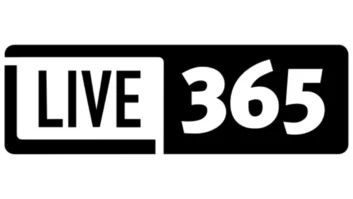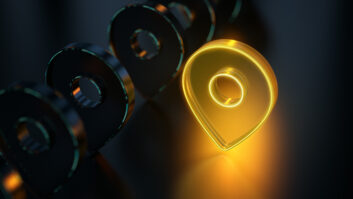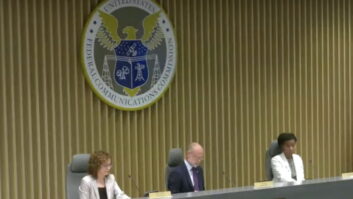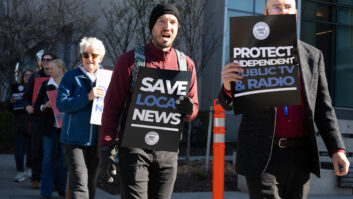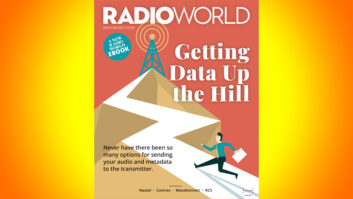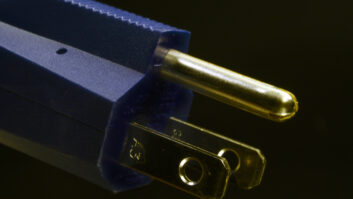LAS VEGAS IBiquity Digital Corp. has cracked the licensing deal barrier, an important step toward what it hopes is commercialization of its in-band, on-channel digital audio broadcasting system. The company also confirmed it is planning to charge stations licensing fees for the use of its software.
Broadcasters would choose to pay the roughly $10,000 to $12,000 fee for an average station at once or spread it out over time. The fee structure would be based on the FCC’s annual regulatory fees for broadcasters, which are based on station class.
“We’re a software company,” said iBiquity President and Chief Executive Officer Robert Struble. “If you buy a transmitter, you’ll need new software from us.”
Many broadcasters have told the company they’d rather pay annually, which would amount to roughly $1,000 per station, said Struble.
The company used the NAB2001 convention in Las Vegas to update radio broadcasters on the status of its system.
In a critical step towards its quest for commercialization, iBiquity moved beyond technology development agreements to formal licensing commitments from manufacturers on both the RF and receiver sides of the business, with Harris Corp. and the Harman Consumer Group respectively.
Harris agreed to license iBiquity technology to make IBOC DAB-compatible transmission equipment. The company will integrate the technology into a new line of IBOC transmitters and exciters, scheduled for launch at the NAB convention next spring.
The receiver agreement is a multi-year deal, covering how much and when Harman will pay iBiquity for its technology relevant to receivers.
Harman plans to put iBiquity technology into home receivers set for release in 2003. It makes receivers under the Harman Kardon brand.
“We’ve announced a host of development deals to share technology and help get our intellectual property into their boxes,” said iBiquity President and CEO Robert Struble. “Now, we’re transitioning to more of a business arrangement. They pay us for IP to make equipment.”
Visteon is targeting mid-2003 for release of OEM iBiquity receivers, in time for the 2004 model year.
Aftermarket receivers would make their debut at next year’s Consumer Electronics Show, if iBiquity keeps to its timeline. Six markets have been targeted for aggressive receiver roll-outs: Los Angeles, New York, San Francisco, Chicago, Seattle and Miami.
For broadcasters looking at planning expenditures, iBiquity extimates the cost of conversion for AMs at $27,000 to $187,000 depending on factors including the age of a station’s current equipment.
For FM, estimated costs range from $68,000 to $118,000 using a low-level combining approach, and $94,000 to $215,000 with high-level combining.
IBiquity had already finalized the FM IBOC waveform, and finalized the AM version just before the show; RF manufacturers now know what it will take to pass the iBiquity waveform.
The company’s Glynn Walden said the FM data throughput ranges from 51 to 150 kbps in the hybrid mode and up to a possible 300 kbps in the all-digital mode.
Due to the limited bandwidth for the AM band, the maximum data rate is 56 kbps.
Analog AM stereo is not compatible with AM IBOC, so AM stations will need to make a choice on whether to make the digital transition.
The company offered van rides showing both AM and FM IBOC as aired on Las Vegas radio stations. It also told about the results of its own FM tests at KLCC(FM) in the difficult San Francisco radio market; it has given that data to the FCC and NRSC.
And iBiquity touted the news that the International Telecommunications Union had approved its IBOC system as a standard for digital broadcast in the radio bands below 30 MHz.
